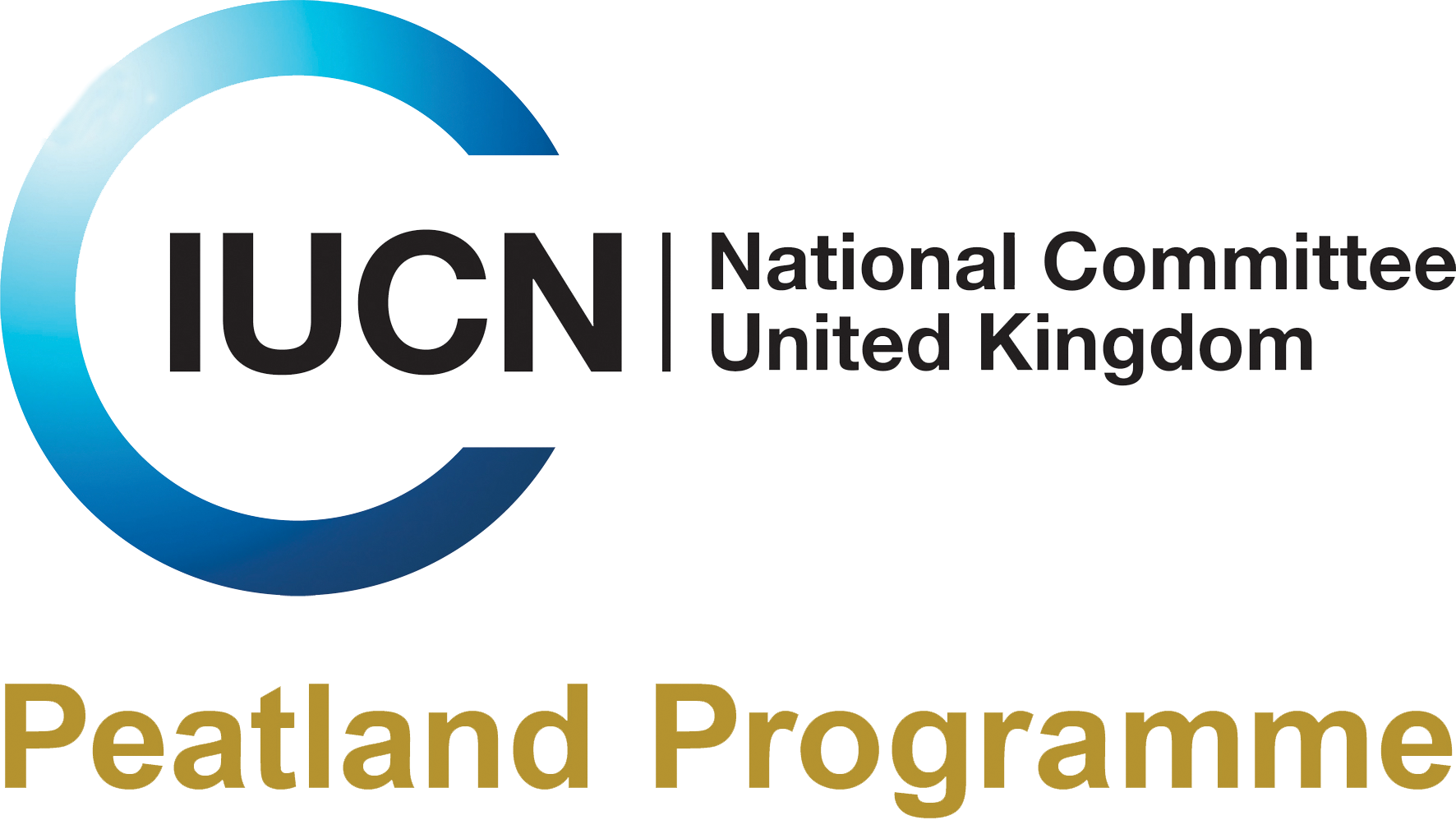Tracking the Colour of Peatlands: community science project
Dr Scott J. Davidson (University of Plymouth) has developed a community-science driven project to look at how peatlands change colour across the growing season (also known as green leaf phenology…
